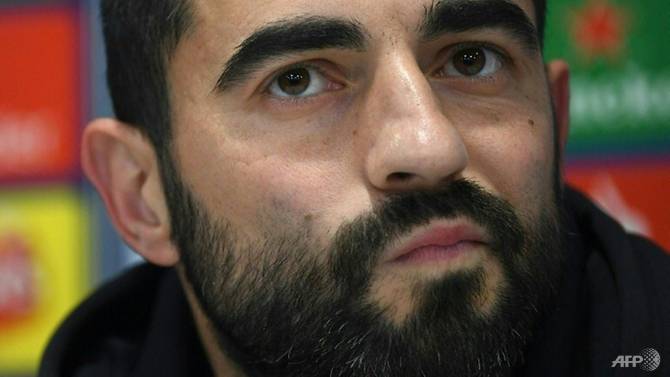Like other branches of medicines, Urology is also considered to be one of the most competitive areas for surgeons in India. By virtue of highly qualified and skilled urologists, India has made a significant contribution in alleviating the miseries of patients with eradication of urological diseases.
The 21st century has brought revolution in field of hospital infrastructure that marked the beginning of most modern hospitals that provided state-of-the-art medical facilities and surgical care in all aspects of urology.
- Traditional Approach i.e. Open prostatectomy in which a large incision is given
- Minimally Invasive Approach – Performed through small incisions
- Laparoscopic Prostatectomy
- Robot-Assisted Prostatectomy
- Laser Prostatectomy
Success rate of Radical Prostatectomy in India
Who are Best Radical Prostatectomy Doctors in India?
- Dr. Sanjay Gogoi, Fortis Hospital, New Delhi
- Dr. (Col.) Rajeev Sood, Fortis Hospital, New Delhi
- Dr. Kapil Kumar, BLK Super Specialty Hospital, New Delhi
- Dr. Sameer Kaul, Indraprastha Apollo, New Delhi
- Dr. Prof. P.B. Sivaraman, Fortis Malar, Chennai
- Dr. Yuvaraja T.B, Kokilaben Dhirubhai Ambani Hospital, Mumbai
- Dr. Yogesh Kulkarni, Kokilaben Dhirubhai Ambani Hospital, Mumbai
- Dr. Paras Singhal, Dharamshila Narayana Hospital, New Delhi
- Dr. Rajeev Agarwal, Medanta – The Medicity, Gurgaon
- Dr. Biswajyoti Hazarika, Artemis Hospital, Gurgaon
- Stage of prostate cancer
- Condition of Patient
- Surgical procedure – Open, Laparoscopic or Robotic Radical Prostatectomy
- Qualification, expertise and reputation of surgeon
- Type of Hospital – Government, Charitable or Private
- Any other concurrent treatment in conjunction with Radical Prostatectomy
- Room Category
- Diagnostic and other nursing facilities availed
Why Ghana Patients choose Radical Prostatectomy Surgery in India?
- Highly qualified and experienced surgeons of International repute
- World-class hospitals equipped with latest technology
- Use of latest surgical procedures
- Impeccable pre and post operative care by doctors and nursing staff
- Priority appointment
- No waiting list
- Easy access of surgeons
- Ease of obtaining visa
- World-class hotel and travel arrangements
- No language problem














